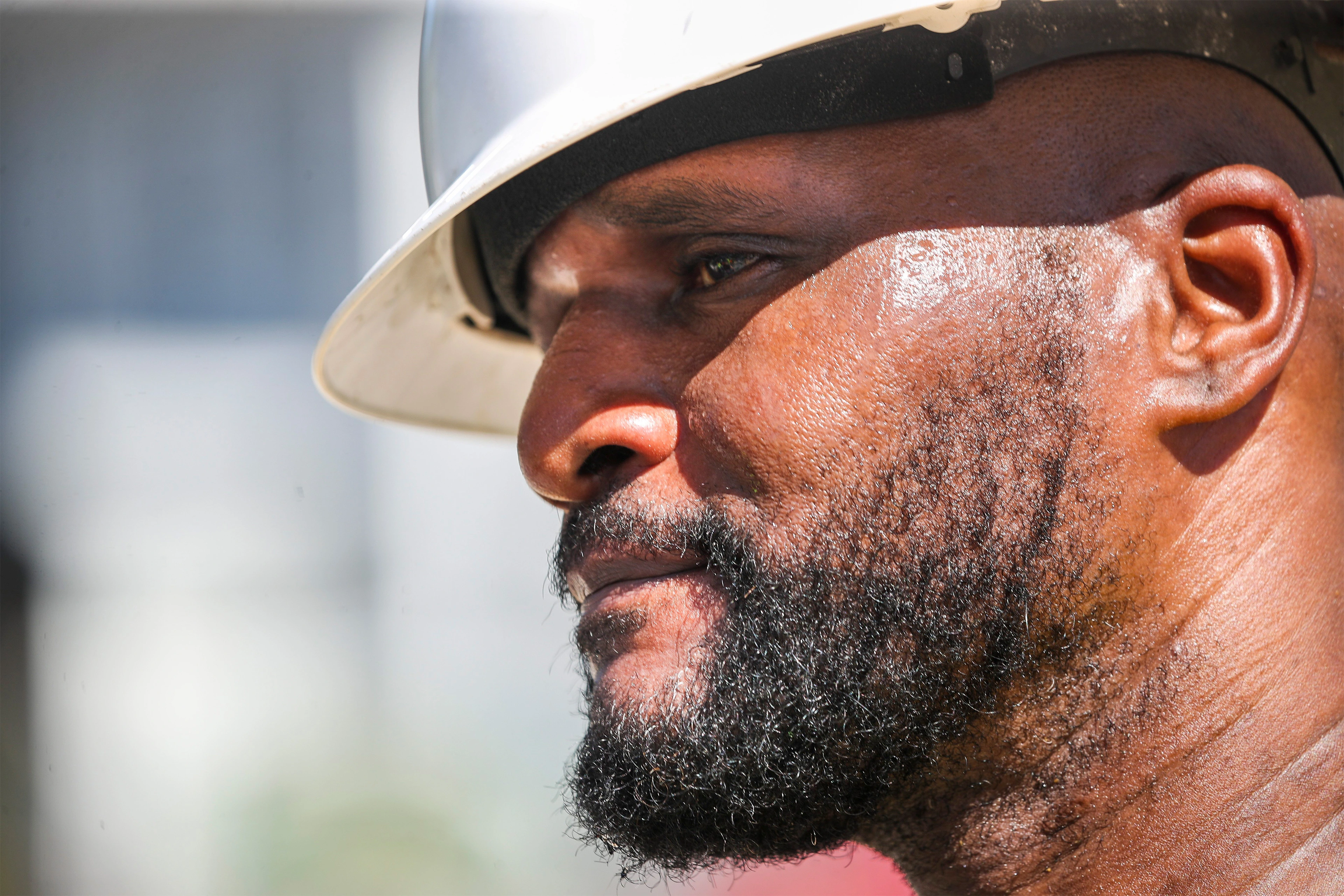- cross-posted to:
- [email protected]
- cross-posted to:
- [email protected]
Neighborhoods with more trees and green space stay cooler, while those coated with layers of asphalt swelter. Lower-income neighborhoods tend to be hottest, a city report found, and they have the least tree canopy.
The same is true in cities across the country, where poor and minority neighborhoods disproportionately suffer the consequences of rising temperatures. Research shows the temperatures in a single city, from Portland, Oregon, to Baltimore, can vary by up to 20 degrees. For a resident in a leafy suburb, a steamy summer day may feel uncomfortable. But for their friend a few neighborhoods over, it’s more than uncomfortable — it’s dangerous.



Trees are a good thing? Who knew?
Here’s a study from 2019 quantifying the superiority of trees over artificial shade structures: https://www.sciencedirect.com/science/article/abs/pii/S1618866718304291
Tl;dr is that tree shade is 2-5° C cooler than artificial shade. Time to start lobbying city councils to plant trees all over and ideally include fruit trees for some urban edible forest action.
Wouldn’t it depend on the artificial structure and how much water you are adding?
Like a piece of foam painted with pure white IR-emissive CaCO2 is going to be >10 degrees cooler than a black panel with an air gap and glass.
There are likely tradeoffs (water and cost for the tree being the main downside).
Personally I think both is good https://www.pv-magazine.com/2023/08/25/sunagri-reveals-agrivoltaics-performance-in-heat-waves/
Less water, more elecricity and cooler temps than either alone.
Not like they’ve been part of the ecosystem for
billionshundreds of millions of years or anything.More like 375 million years, about the middle Devonian period.
Tangentally: for millions of years after plants started using lignin as a structural material the decomposers couldn’t break it down very effectively, so for like 60 million years lots of that tough plant material stacked up into deep layers and eventually turned into coal.
Subscribe.
But car drivers crash into them and hurt themselves sometimes or birds perch and poop on cars. Not worth having trees /s
If you live some place in a drought, water is an issue when planting new trees.